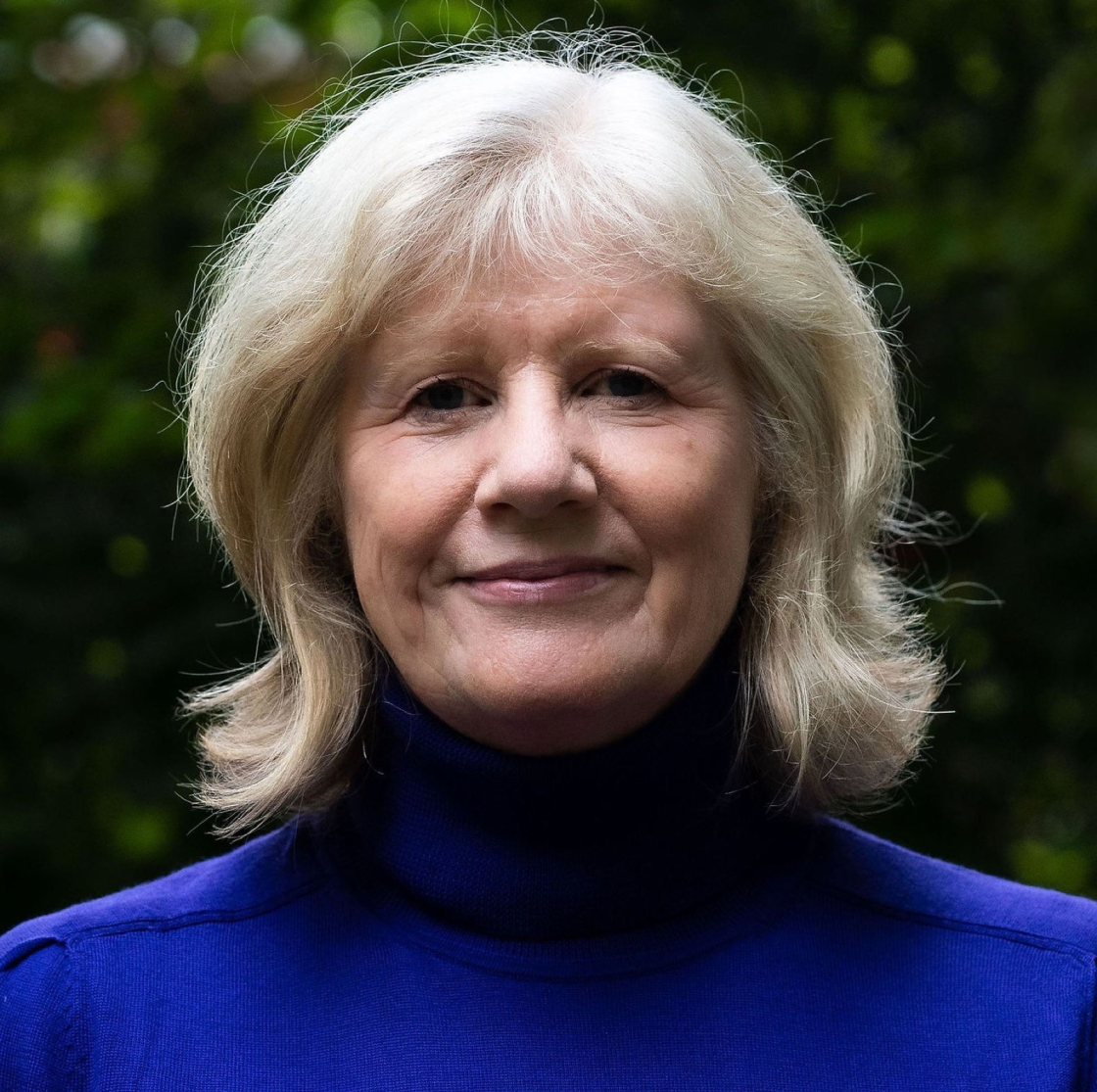
I was born in 1957, just as industrialised agriculture was accelerating. I spent my childhood and teenage years in Enfield, north London, surrounded by abundant wildlife. I loved nature—from the creatures in our wildlife-friendly garden to those in nearby countryside.
I was somewhat aware of the changes over the following six decades—monocultures, lost hedgerows, harmful chemicals, and habitat-destroying practices—but I was busy working in London and raising our two daughters. Only after they left home did the UK’s nature crisis—and the global climate crisis—truly hit home. My husband and I began discussing and reading about these issues with growing concern, though I hadn’t yet become someone who took action.
Then came the drama of a local swift colony. One July morning in 2016, we saw bulldozers ready to demolish an old building known to house nesting swifts. I quickly investigated, only to be told that “an ecologist had confirmed there were no swifts” (a claim made in November, when swifts were in Africa). I soon learned that not all ecologists prioritise wildlife. After a few phone calls, I managed to halt demolition until the swiftlets fledged, and later negotiated with the developers to install 28 swift nestboxes in the new building—now named Swift House, where swifts have since been seen.
That first taste of practical action was heady. My deep love for nature and protective instinct drove me to act—and the rewards were immense.
Within a year, I helped found a local wildlife group, met knowledgeable naturalists, and broadened my understanding of various habitats. We developed a data-based Biodiversity Action Plan, identified projects to support local wildlife, and organised events and walks. I began to feel part of something new.
Soon after, rewilding profoundly entered my life. I read Wilding by Isabella Tree – if you haven’t read it, the idea is to restore ecologically depleted land by reintroducing natural processes and then stepping back to let nature take over.
Realising that nature can recover when given space and its missing processes—especially the return of large animals—was revelatory. My husband and I discussed rewilding extensively, read widely, and even attended a 2018 conference featuring Charlie Burrell from Knepp. We were astounded by the wildlife resurgence at Knepp. If it could succeed there, why not elsewhere? We also discovered that the Biological Intactness Index ranks England 234th (with 1st being best), underscoring the urgent need for drastic change.
As retirement approached—but neither of us ready to stop—we wondered how to make an even bigger impact using our professional skills. The idea of a charity as the UK’s first dedicated rewilding landowner slowly emerged. After two years of research and planning, Heal Rewilding launched in March 2020. Its mission is to raise funds, buy land, and rewild it, with the goal of a Heal site in every English county. This decades-long journey is part of the adventure, creating an entity that will carry our work forward.
I was convinced we could make a difference, and we have. The charity acquired its first site—a former intensive dairy farm near Bruton—in late December 2022. At Heal Somerset, the impact of new land management is clear. For instance, our volunteer bird group recently recorded 17 bullfinches during a two-hour survey (which I unfortunately missed!). We believe the abundant natural food—dock plants and uncut winter grasses—has helped, and we’ve opened large areas for free public access (with a suggested donation) while creating over five miles of mown paths alongside the existing public footpath.
Reflecting on our wonderful birding volunteers, I realise this transformation began when I dedicated my time and skills to help threatened swifts. Volunteering moves you from discussing problems to actively solving them.
There are many ways to contribute to rewilding and conservation efforts—regardless of physical ability. Some support Heal from home, while others handle office tasks for a couple of hours a week. When our volunteers gather, the pride and joy in the room is palpable.
My advice: find an organisation tackling an issue that keeps you awake at night, and you may find the same joy and pleasure that I have found in that new adventure.







